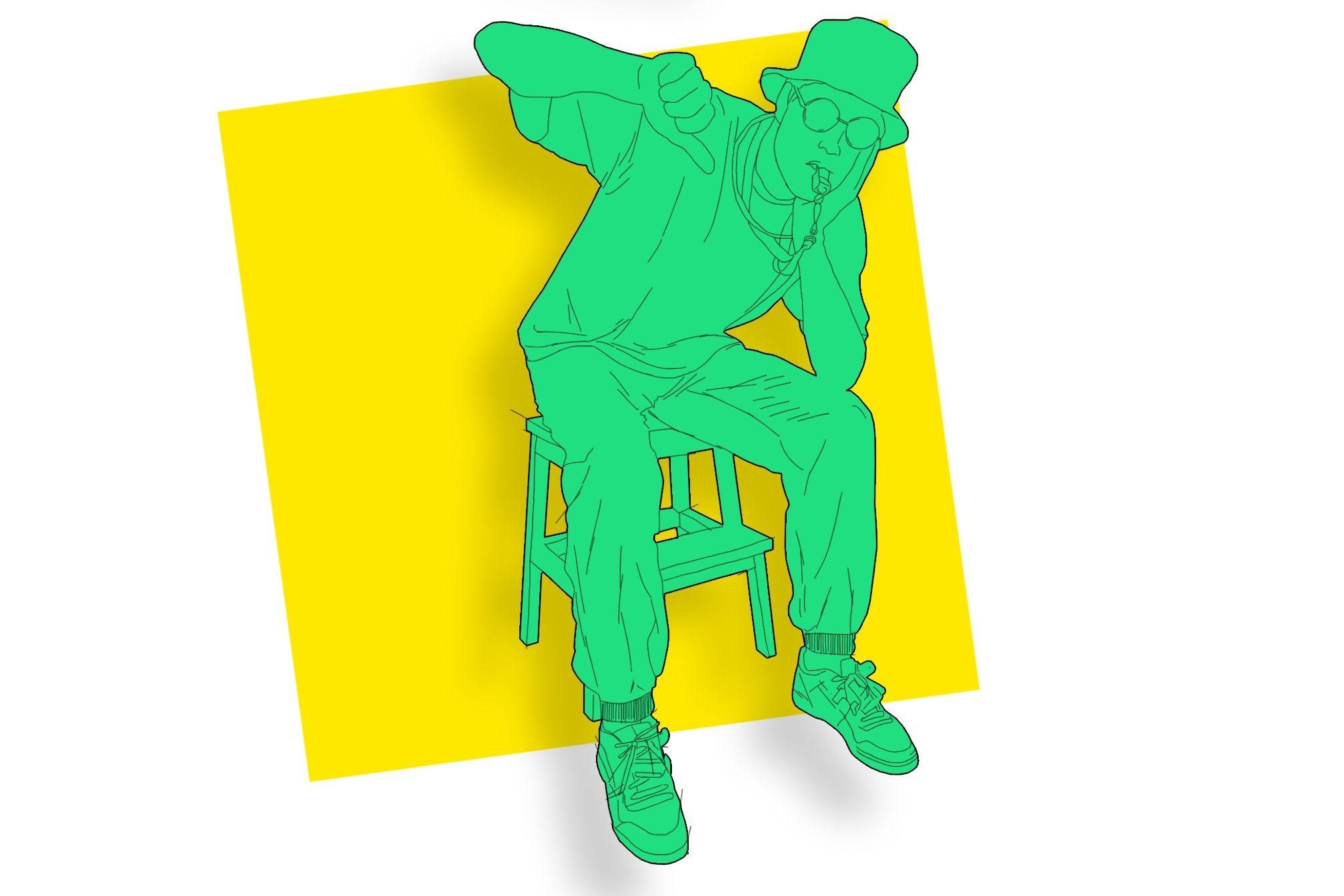 Features
Features
The epidemic of passable tech house
Is there hope for more innovation to take place in tech house? Let's investigate...
Imagine this: it’s Friday night and you’re out with your mates. You’ve blocked off the next 8 hours for a proper night out. You arrive to the club. The familiar smell of sweat and cigarettes infiltrates your brain, conjuring saccharine memories of past rave glory.
You’ve been waiting all week for this moment. The headliner steps on. You’ve been talking him up to your friends all week. That live set he did from a secluded mountain top in Bulgaria? Priceless. That SoundCloud bootleg of Moby he made? So underrated.
Three songs in, something feels a bit off. The same hi-hat loop has been going for 15 minutes now (or so it seems). The basslines are blending together in monotony. Seven songs in, you realize this is how it’s going to be for the rest of the night.
It’s just as you feared: it’s an entire set of tech house. Not only that, it’s a very particular, somewhat hollow shell of tech house known colloquially as “party tech.” You leave the party early, disgruntled, in a frenzied search for a techno beat.
“Art is dangerous... when it ceases to be dangerous you don't want it.” Duke Ellington said that, and I think it applies perfectly to the current state of tech house.
You see, something has happened over the last few years. Tech house has gone from a generally well-received subgenre into one of the underground’s most contentious topics. You can feel it in the general unease that surrounds the term. Even just mentioning ‘tech house’ in certain underground circles is guaranteed to produce a grimace.
How did this happen? It certainly wasn’t always the case. When tech house was first introduced - circa 1994 in tandem with the legendary London party Wiggle - it was hailed as a groundbreaking new sound, combining the best elements of both house and techno.
“A lot of people were a bit bored of house music and wanted something a bit more punky, a bit more quirky,” Terry Francis, Wiggle resident, recalls in a 2014 interview with 2014 interview with Mixmag. Even 10 years on, in the era of tracks like M.A.N.D.Y. and Booka Shade’s ‘Body Language’, it still felt undeniably fresh.
Yet in 2018, can we say the same? Somewhere along the way, tech house lost its edge. As Mr. Ellington would say, it ceased to be dangerous.
Much like the Hollywood epidemic of ‘passable movies’ -- an idea conceived by film critic Evan Puschak -- we seem to have entered the era of ‘passable tech house.’
You know the sound I mean: it’s the kind of track with a two-note bassline, an obnoxiously loud hi-hat loop, and an unintelligible vocal sample. Throw in some random synth fills every 8 bars and you’ve basically got the formula for 80% of tech house on the market right now. And that’s a problem.

“Producers are frightened of putting hooks and moments in records,” Mark Knight says. “As a result there are a lot of generic, half-baked tracks clogging up Beatport that will be forgotten in five minutes.”
Anyone who’s been following Beatport for the past year can confirm the trend. The sound has proliferated the platform. Nick Curly passionately remarked on the topic a few months back, writing: “My god there is absolutely terrible tech house being made at the moment,” he wrote on Facebook. “Lately i am hearing music classed as being ‘tech house’ which is frankly nothing of the sort, and repackaged edm. Terrible! And these records are near the top of Beatport charts.”
What’s more, the influx of ‘passable tech house’ has further led to a rampant commodification of rave classics into modern tech house bootlegs. Daisy Plimmer, writing for writing for writing for Ibiza Voice, delineated the trend earlier this year, pointing to a particularly uninspired tech house rendition of Faithless’ ‘Insomnia’. At the time of writing, the current Beatport #1 is another reinterpretation, this time of Underworld’s seminal “Born Slippy.”
There is, of course, precedence for this. One could argue the exact same thing happened to deep house circa 2011 and 2012, when the genre’s global explosion yielded an abundance of flavorless knockoffs -- many of which similarly bastardized our most iconic dance anthems.
It’s worth mentioning that there is plenty of quality tech house still being produced. One need look no further than the work of artists like Serge Devant or Davide Squillace to see this. Take the latter’s new album for Crosstown Rebels, Once Upon a Time in Napoli. One of its most salient tracks is a 131 BPM tech house number called “Vostok.” With its roaring bassline and ripping groove, it feels genuinely fresh.
The problem is, these kind of bold, creative compositions are being colossally overshadowed by a sea of mediocre, formulaic offerings. For every Squillace or Devant left-field afterhours cut, there are at least 20-30 peaktime Latmun or Detlef replicas being churned out.
The blame can’t be placed solely on producers however. The era of passable tech house is just as symptomatic of the countless DJs delivering lackluster, one-dimensional sets. There’s a palpable malaise at some of these events. It’s like the rave magic is wearing off. On the other hand, it opens the door for truly incredible DJs like Damian Lazarus or Sven Väth -- who can use tech house as a tool rather than a crutch -- to truly blow some minds.
Tech house isn’t going away anytime soon -- and that’s ok. There are many truly unique aspects of the genre which should be celebrated: its indefatigable groove, which keeps clubbers going into the early hours of the next day; its dynamic mixture of house and techno, which, when done well, showcases the best elements of both genres.
It’s worth remembering that things could be a lot worse. If there is any genre to dominate the global circuit at the moment, better tech house than the hackneyed bigroom sound of five years prior.
Ultimately, the challenge going forward is this: how can we honor the ruggedness and soul of the original tech house sound, while still pushing the genre forward? How can we relinquish our praise for the formulaic, and instead, shift the spotlight to the music being created that is innovative, timeless, and dangerous?
Michael Sundius is a Los Angeles-based freelance writer. He also produces music under the name Rinzen. Follow him on Twitter here.
For more, find out why "naughty tech house" is the greatest dance music sub-genre ever.


